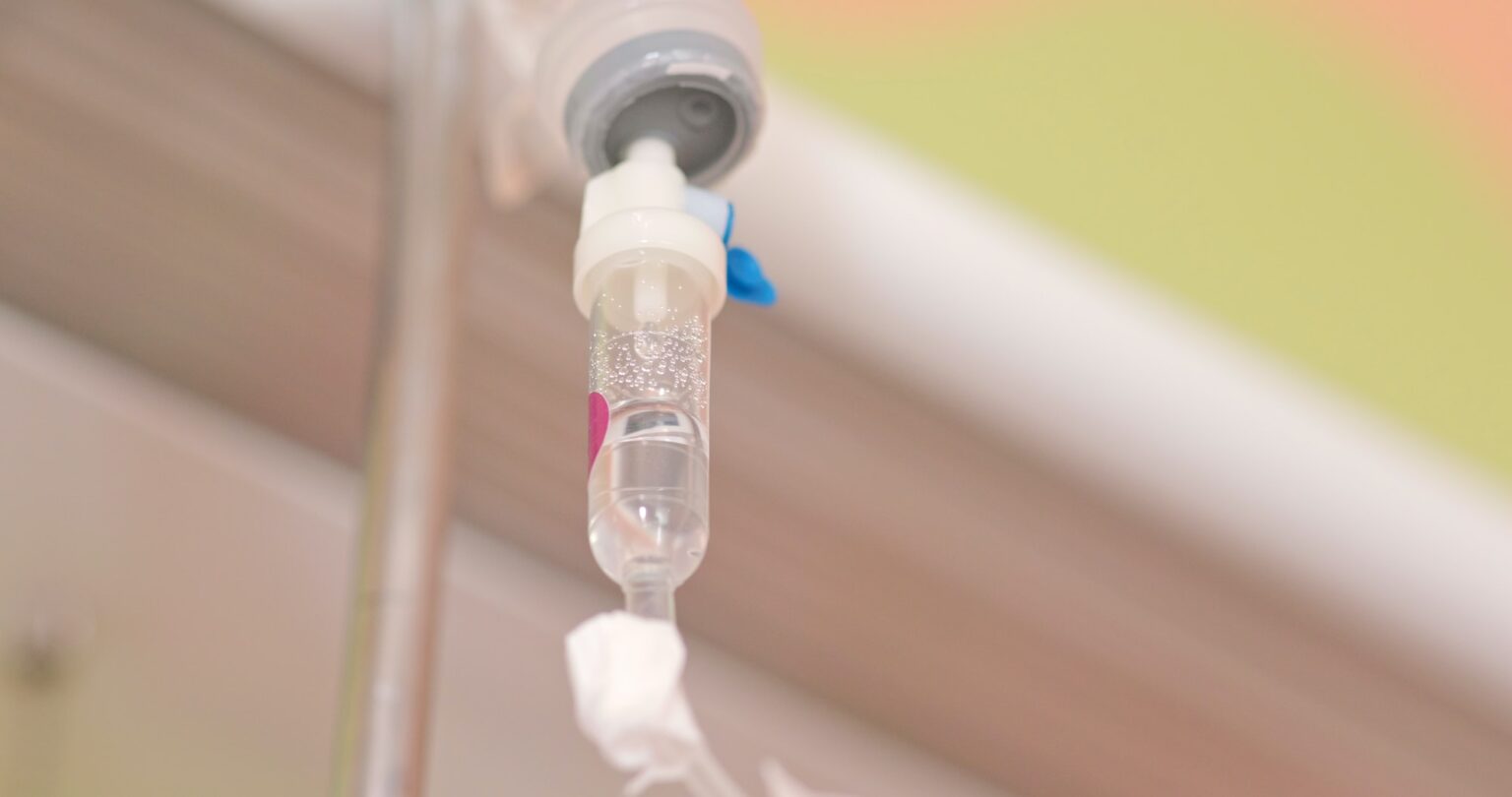
Insider Pro Tips for Laboratory and Pathology Coding: Changes Make Waves Sweeping Deep into 2024
In 2024, a wave of new CPT® code changes swept charge masters, delivered by the American Medical Association (AMA), officially effective at the start of

Drug administration charge capture is an important aspect to review when it comes to infusion services, considering that drug administration is a significant component of many patients’ treatment and care. Coding an observation encounter (including when a patient may have arrived through the Emergency Department [ED] and been placed in observation status) can have a variety of confusing elements for some charge capture and coding staff. Let’s review some of the fundamentals to encourage success throughout 2022 and beyond.
As many know, the date of service must be considered in which the drug administration occurred, but also it must be understood that you are treating a multiple-day outpatient stay as one encounter. What does this mean? In other words, you apply the drug administration coding hierarchy to the entire stay regardless of the number of days. Staff will need to keep the following in mind:
These are not all the tips and knowledge necessary for successfully mastering this service. Overcome more everyday challenges and find further educational insights by utilizing our 2022 Coding Essentials for Infusion & Injection Therapy Services.

In 2024, a wave of new CPT® code changes swept charge masters, delivered by the American Medical Association (AMA), officially effective at the start of

Have you or your coders ever gotten lost in the intricacies of coding for endoleaks in interventional radiology? Endoleaks, which occur post-graft placement to seal
Please log in to your account to comment on this article.
Subscribe to receive our News, Insights, and Compliance Question of the Week articles delivered right to your inbox.




Subscribe to receive our News, Insights, and Compliance Question of the Week delivered right to your inbox.
Address: 5874 Blackshire Path, #13, Inver Grove Heights, MN 55076
Phone: (800) 252-1578
Email: support@medlearnmedia.com
Hours: 9am – 5pm CT
Happy World Health Day! Our exclusive webcast, ‘2024 SDoH Update: Navigating Coding and Screening Assessment,’ is just $99 for a limited time! Use code WorldHealth24 at checkout.